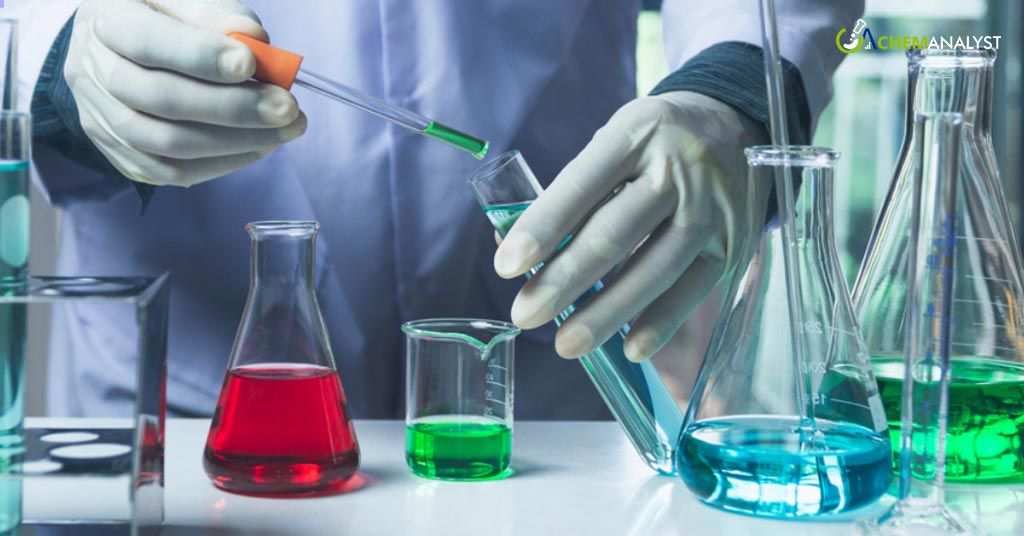Welcome To ChemAnalyst

The evolution of lithium-ion batteries (LIBs) has witnessed remarkable progress in recent times, particularly in applications like electric vehicles and energy storage power batteries. As lithium stands as a key component in LIBs, its potential use in secondary batteries and the growing market for consumer products utilizing lithium and LIBs emphasize the need for sustainable practices in the industry.
In the pursuit of sustainability, attention has turned to developing technologies for recycling waste batteries and extracting lithium from unconventional sources like seawater. Various studies have explored extracting lithium from salt lakes and mines, employing diverse techniques to separate and purify lithium.
In a recent study, a team of researchers from the Korea Institute of Fusion Energy (KFE) introduced an enhanced method for lithium extraction by leveraging plasma technology. Their findings indicate that the application of CO2 microwave plasma technology has significantly increased the lithium extraction rate by three times compared to existing methods. The conventional process of extracting lithium involves mixing sodium carbonate (Na2CO3) with lithium-rich saltwater, resulting in the extraction of lithium carbonate (Li2CO3), a mixture of lithium and carbon dioxide. However, this method requires an additional step to separate lithium carbonate from sodium impurities that intermingle during the extraction process.
The study, led by Dr. Ji Hun Kim and Dr. Jong Keun Yang from KFE, explored carbon dioxide microwave plasma technology for lithium extraction from brine. This technology involves ionizing carbon dioxide into a plasma state, significantly enhancing the lithium extraction rate. Notably, the use of carbon dioxide plasma achieved an impressive 27.87% extraction rate, surpassing the 10.3% achieved through direct injections of carbon dioxide gas. Researchers highlight that this study is the first to showcase an increase in lithium extraction rates through the application of plasma technology in the lithium extraction process.
Dr. Yang, the first author of the research paper, emphasized, "It was possible to confirm the effects of the heat and ions, electrons, radicals, etc., that are generated when carbon dioxide plasma forms on lithium extraction rates." The team plans to expand their research into plasma lithium extraction processes by delving into carbon dioxide plasma reactions. The goal is to establish plasma-based lithium extraction as a novel and efficient approach, particularly for extracting lithium from seawater with lower concentrations.
President Suk Jae Yoo of KFE highlighted the significance of this research, presenting a new application for plasma technology widely used in cutting-edge fields such as semiconductors. Recognizing lithium from seawater as a crucial component for fusion energy generation, President Yoo affirmed their commitment to ongoing research in both fusion energy development and fusion energy fuel acquisition. This study marks a noteworthy stride toward sustainable lithium extraction methods, bringing plasma technology to the forefront of innovative solutions in the pursuit of clean energy.
We use cookies to deliver the best possible experience on our website. To learn more, visit our Privacy Policy. By continuing to use this site or by closing this box, you consent to our use of cookies. More info.
